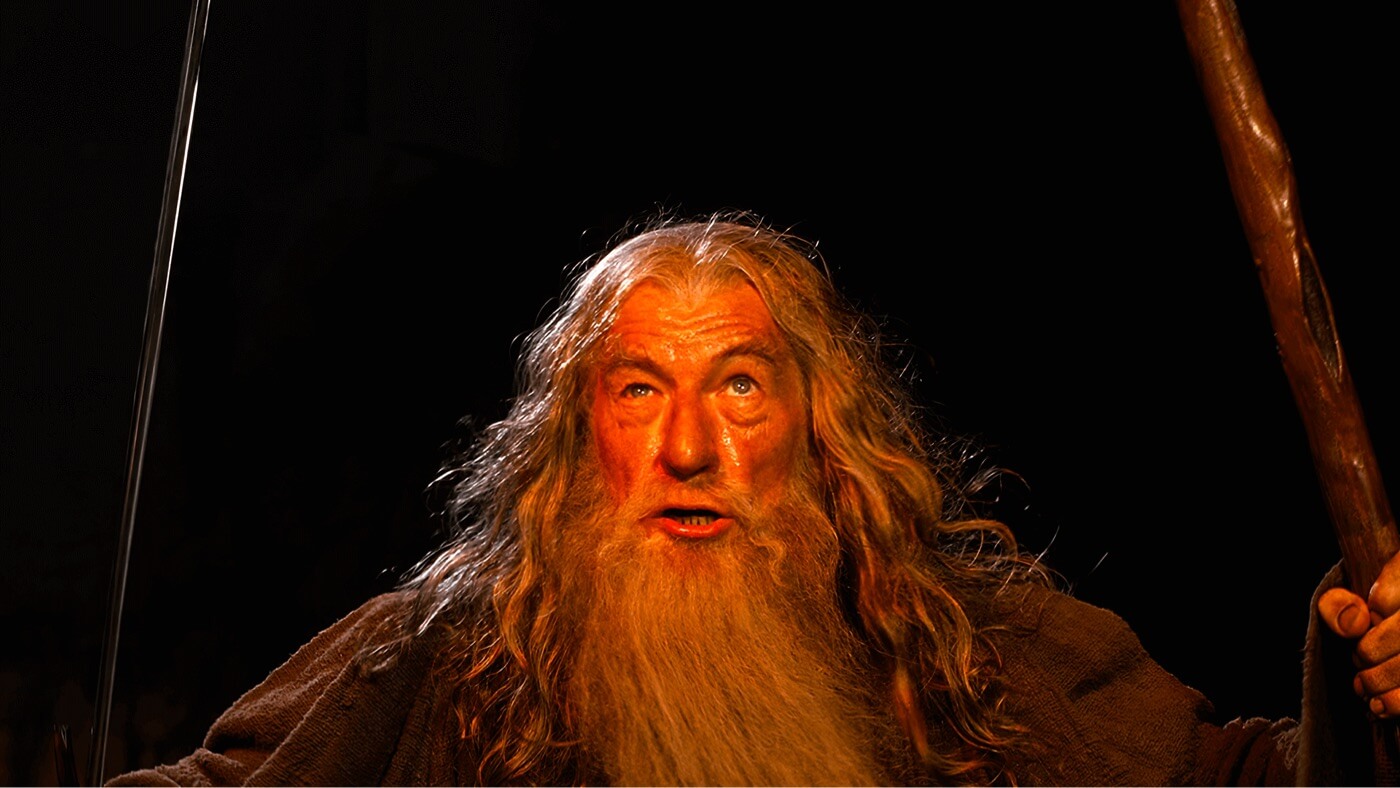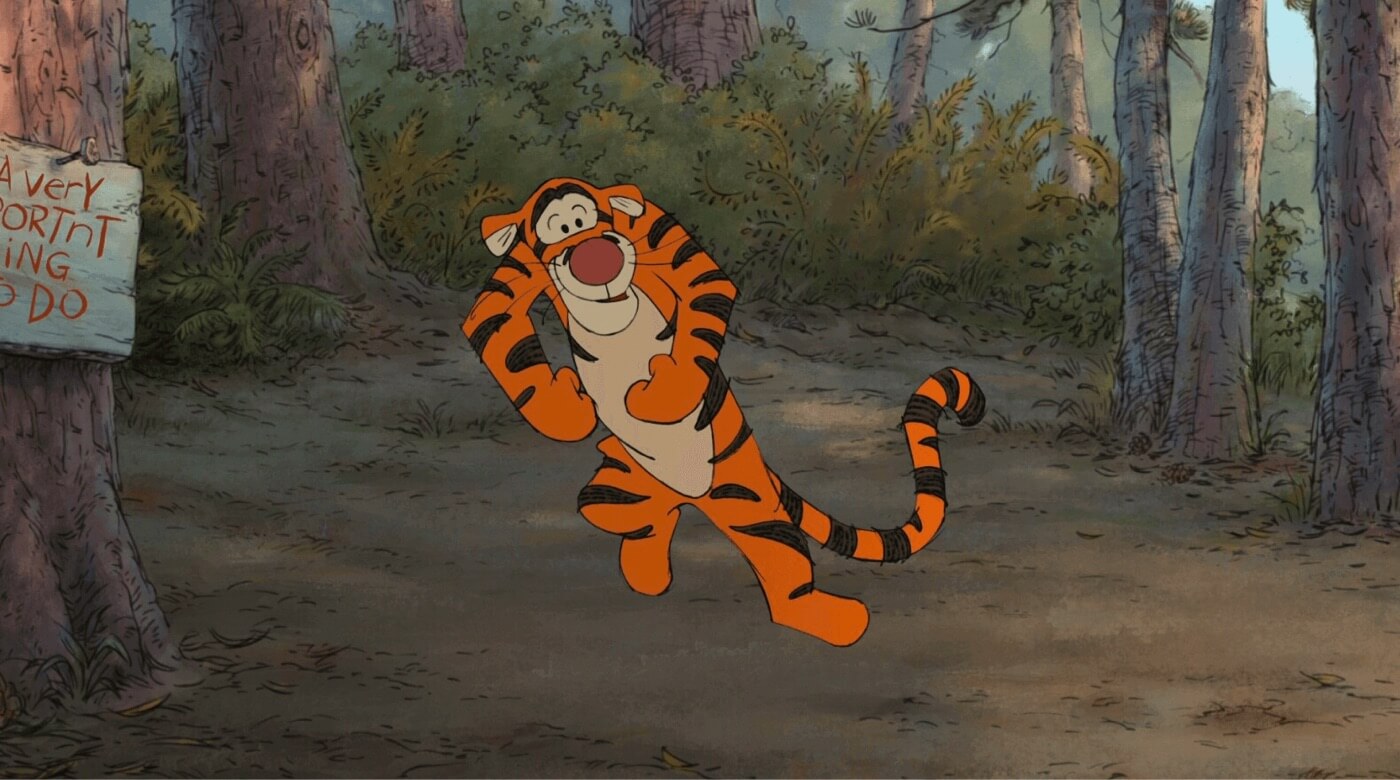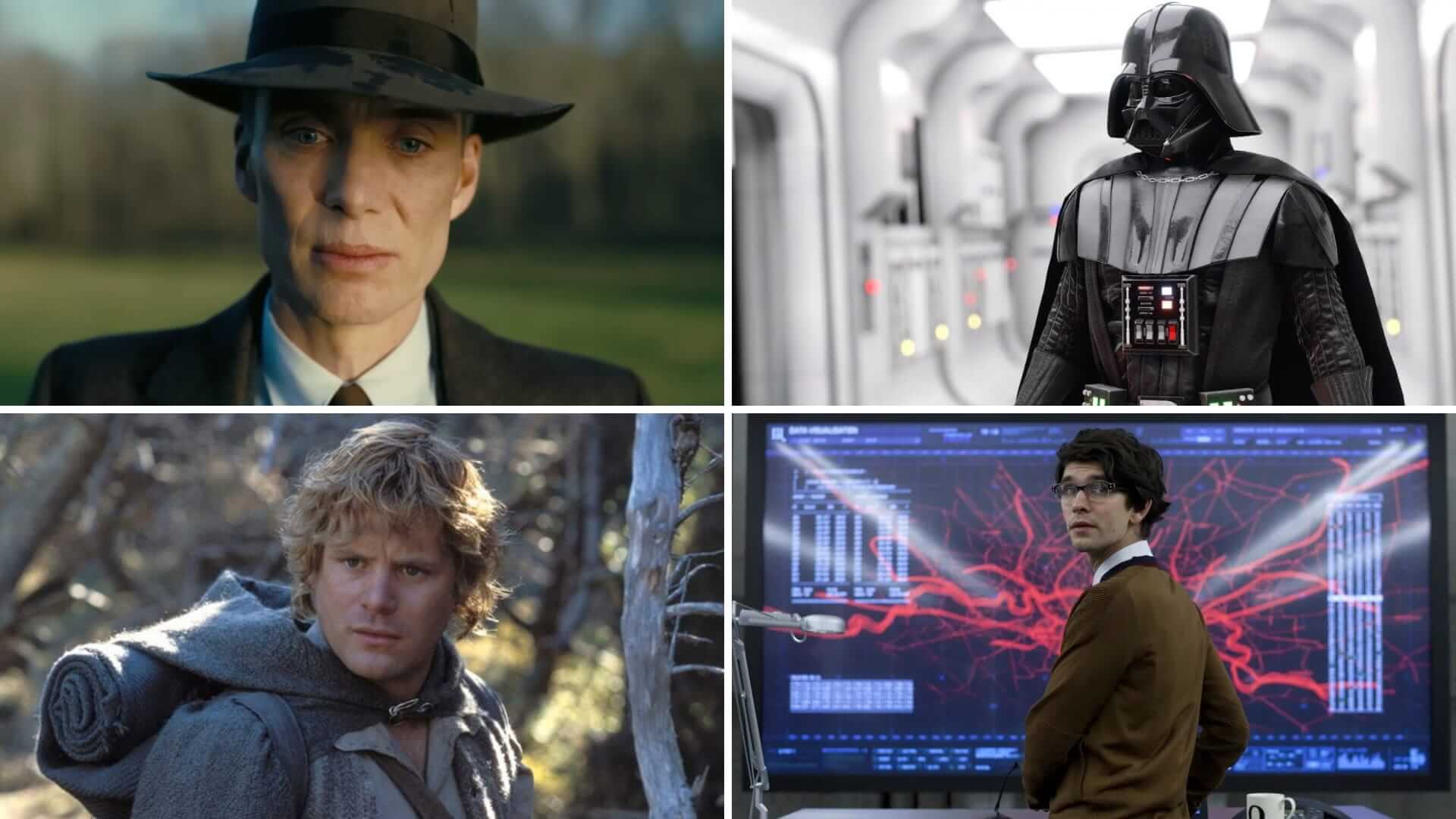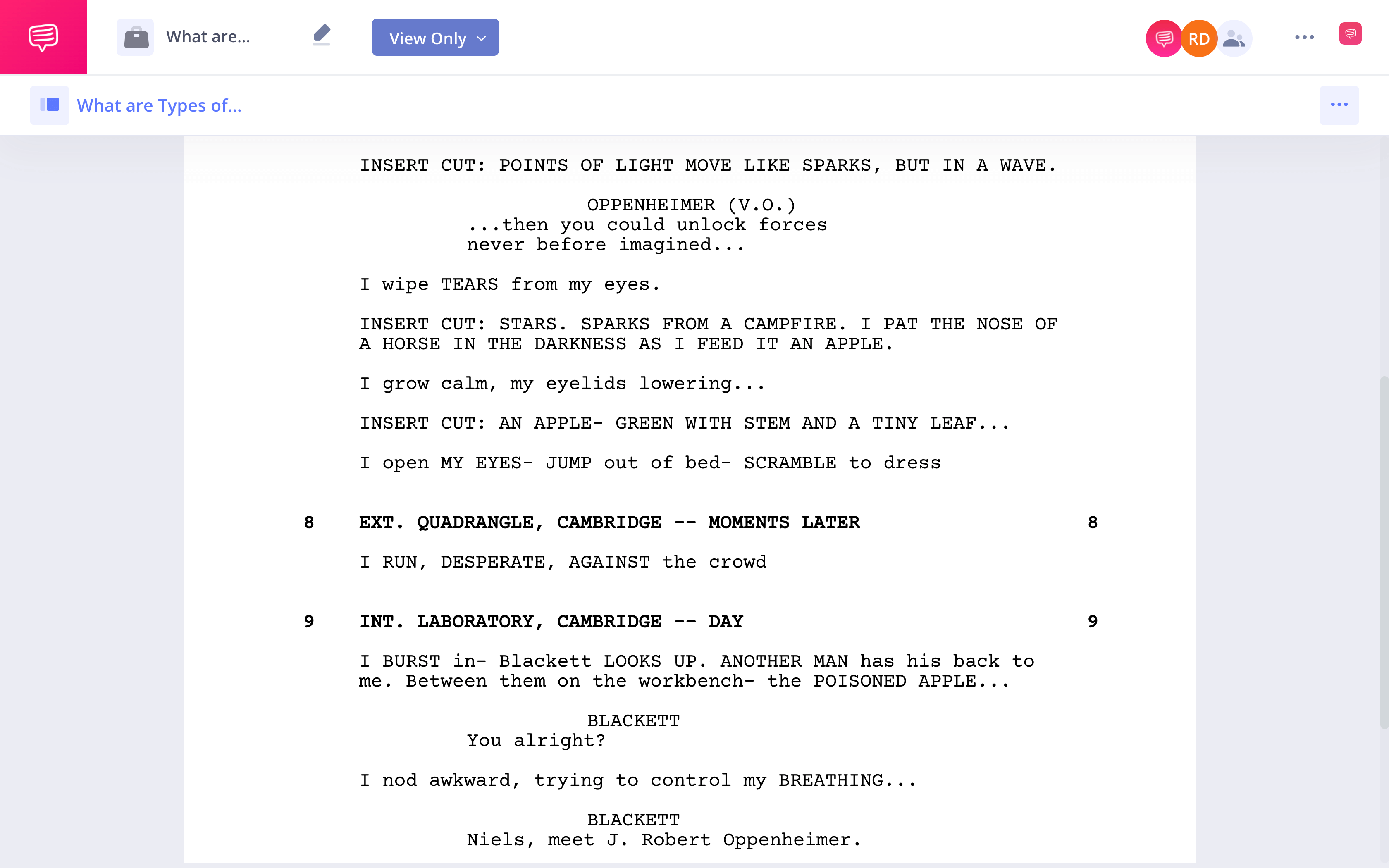What are the types of characters in a story? Some of us have heard terms like protagonist and antagonist before — but what are they? And what do they mean? We’re going to break down all the essential types of characters so you can see how writers utilize character types in their stories. By the end, you’ll know what makes character types unique and how to implement them in your own works.
Character Types in a Story
Character roles
There are a bunch of ways to classify different characters in stories. But perhaps the most important for a writer to consider is the role each character is inhabiting. How do they function in the plot? What is their relationship to the main character?
Let’s take a look at a few of the most common character roles.
Protagonist
This is the most crucial character in a story. In fact, it’s hard to tell a story without a protagonist. Protagonist is synonymous with the main character. This is the person who propels the plot, the subject with whom we spend most of our time, the character who the audience is usually most invested in.
Protagonists Explained • Subscribe on YouTube
This means the protagonist needs to be deeply thought out. They don’t necessarily need to be complex (like in a satire), but they do need to be compelling. Why should we care about this person?
In film, the protagonist is typically one of the first people we meet. There are also stories that use ensembles instead of protagonists; for example, Paul Thomas Anderson’s feature-film Magnolia, and the HBO television series Succession.
This next video from StoryLogue shows Robert McKee’s answer to writing multiple protagonists.
Character Types in Film • Robert McKee on Working With Multiple Protagonists with StoryLogue
Antagonist
An antagonist is the character that gets in the way of the protagonist’s goals. In other words, they’re the villain. The enemy. The Joker to the Batman, the Michael Meyers to the Laurie.
What is an Antagonist • Subscribe on YouTube
But an antagonist isn’t necessarily a bad person. Think of Hank in Breaking Bad. He’s the antagonist because he’s getting in the way of Walt’s goals. But Walt is really in the wrong; Hank is just doing his job. The focus of the show, however, is on Walt– he’s the protagonist.
This next video from Film Courage and Professor Eric Edson at California State University Northridge takes a look at how to write a good antagonist.
Character Types Literature & Film • How to Write a Good Antagonist by Professor Eric Edson
Love Interest
This one’s pretty self-explanatory. The love interest is the character the protagonist has a thing for. Strong love interests aren’t just love interests, they’re their own person.
Think of Mr. Darcy in Pride and Prejudice. He’s the love interest of Elizabeth, but he’s also a complex character with his own flaws and quirks.
Confidant
The sidekick. This is the character who is the protagonist’s best friend, who’s helping them as they progress through the storyline. Typically they’re bringing something to the table that the main character isn’t (otherwise, they may be redundant).
Great confidants include Lord of the Rings’ Samwise Gamgee, Sherlock Holmes’ Dr. Watson, Wayne’s World’s Garth.
Check out this video on how to write these types of characters:
Types of Characters in Movies • Subscribe on YouTube
Deuteragonist
A deuteragonist is very similar to the confidant, and there’s a lot of overlap between the two. These are characters who are almost the main character but not quite. The story doesn’t revolve around them, but they play an important role.
All the confidant examples we gave above count as deuteragonists, but they’re not limited to sidekicks. Think of Furiosa in Mad Max: Fury Road– she and Max are not friends, but she’s second in command when it comes to importance in the narrative.
Tertiary Character
These are the minor characters who fill out the larger world of the story. They can still have speaking roles, and even have big roles in specific scenes, but they’re not crucial elements of the larger narrative.
Just because they’re tertiary doesn’t mean a character can’t be memorable or deeply compelling. Paul Thomas Anderson’s Licorice Pizza is filled with great tertiary characters like this one played by Bradley Cooper:
Licorice Pizza scene
Foil
A foil character also has a lot of overlap with other roles. A foil’s primary purpose is to emphasize certain qualities of the protagonist, and therefore can take the form of an antagonist, deuteragonist, confidant, or love interest. Think of how Dory’s care-free attitude contrasts with Marlin in Finding Nemo.
For more on foils, check out our video on the subject:
Foil characters explained • Subscribe on YouTube
Now, let’s break down types of characters in a different way.
Types of Story Characters
Character qualities
Characters can also be defined by the qualities they exhibit rather than the roles they play in a narrative. There are two sets of dichotomies that most characters fall on either side of.
Flat vs. round characters
Flat and round characters are differentiated based on their complexity. Simply put, a round character feels like a real human, with a myriad of traits, flaws, and motivations.
Any movie that could be labeled as a character study is typically making heavy use of a round character. Oppenheimer is a case in point. To fully get into the character’s head, Christopher Nolan wrote much of the script in first person:
Oppenheimer screenplay PDF
Note how the first person writing implicitly lets Nolan indicate what Oppenhiemer is thinking and feeling (“Trying to control my breathing” etc.).
A flat character, on the other hand, is a character relying on tropes and stereotypes. This isn’t necessarily a bad thing: a flat character can be very useful in tertiary roles. They can indicate what their deal is through well-known tropes without the writer having to spend time trying to establish a round character for a one-off scene.
Flat characters can also be in primary roles. Austin Powers, for example, is a flat character, but this works for the comedy in the film. He’s a send up of James Bond. Making him complex could risk diluting the comedy.

Chewbacca is a flat character due to his lack of emotional arcs
Dynamic vs. static characters
Dynamic and static refers to a character’s capacity to change. A dynamic character is one who has an arc throughout a storyline. In Jurassic Park, Grant goes from hating kids to liking kids. That’s a dynamic character.
A static character, meanwhile, doesn’t evolve. But don’t mistake this with being flat. Sure, most flat characters are static, but many round characters can be static too. Lydia Tár is a deeply complicated figure, but as the film progresses, she stays about the same. She starts prideful and vengeful, and ends prideful and vengeful.

Tár in action
As Tár illustrates, static characters are great for tragedies– a character’s inability to change leads to their downfall.
So we’ve covered character roles and qualities. Time to get a little more specific with our categories.
What are the types of characters in a story
Archetypal characters
We’ve all heard of archetypes. Often, we think we should avoid them. Why write a character that’s been written a million times before?
It’s a bit more complicated than that. Just because a character falls into an archetype doesn’t make the character unoriginal or uninteresting. As you’ll see, it’s hard to write a character who doesn’t in some way or another fall into one of these archetypes.
We’ve listed out ten here, but there are countless different archetypes depending who you ask– esteemed scholars like Joseph Campbell and Carl Jung have their own lists. Here are a few of the best-known examples.
The Warrior
This is the character who will stop at nothing to conquer their task. They’re typically courageous and honorable, striving to do what’s right. They’re not perfect, though– a warrior archetype is typically hubristic and foolhardy.
Some famous examples of warriors: Ethan Hunt, Superman, Hercules.

The warrior Hunt • Literary character types
The Lover
Sometimes a character is a lover not a fighter. These characters are consumed with passion and devotion. They want to love and be loved– what more do you need? Well, turns out, a lot of other things, and that’s often where these characters’ weaknesses lie.
Lovers abound in film and literature. Romeo, Rose, Ross.

Ross in Friends • Literary character types
The Child
These characters don’t have to literally be kids, they just have to be childlike. In other words, they are hopeful, wide-eyed, and naïve. When used as a protagonist, the child typically has to grow up.
Scout from To Kill a Mockingbird, Dorothy from The Wizard of Oz, and one might argue Luke in the first Star Wars are all examples of the child archetype.

Dorothy • Different types of characters
The Magician
This is a character who has powers beyond other characters’ imaginations. It doesn’t have to be literal magic, but it can be. These characters are extremely knowledgeable and they want more knowledge.
Famous magicians include Gandalf, Sherlock Holmes, Morpheus, and Dr. Strange.

Gandalf, so wise, so brave • Different types of characters
The Creator
The creator is creative, hungry to constantly be making their next great work. They may be incredibly talented, but their single-minded drive for perfection often proves to be their downfall.
Dr. Frankenstein, Hamilton from Hamilton, and Dr. Moreau all fall into this category.
The Rebel
This is the character who doesn’t fit in. They don’t want to fit in. Society may reject them, but they reject society. They often have a healthy dose of skepticism and conviction.
Rebels come in many shapes and sizes– Ferris Bueller, Han Solo, and Juno are all outlaws in their own way.

Ferris, ultimate rebel • Character types in a story
The Caregiver
The caregiver is selfless, helping those around them no matter the cost to their own well-being. This might make them susceptible to parasites, but it also makes them indispensable to the characters in their proximity.
Classic caregivers are parental figures like Atticus Finch, but can also include friends like Samwise from LOTR or Dolly from Anna Karenina.
The Sage
The sage is typically the mentor figure. They have lots of wisdom, and they are willing to dispense it to less experienced pupils (who are usually the protagonists). Famous sages include Yoda, Mr. Miyagi, and even Hannibal Lecter.

Mr. Miyagi • Types of character personalities
The Joker
No, not Batman’s nemesis (though there have been so many reboots of Joker that he’s arguably become an archetype himself). This character is comic relief.
They’re usually pretty useless beyond cracking a joke and easing the tension– which, hey, can be useful. They can also sometimes be insightful. Many a truth was spoken in jest.
Some favorite jokers: Timon and Pumbaa, Kramer, Tigger.

Tigger the joker • Supporting character types
When in doubt, ask yourself this question: does the character move the plot forward? Or do they slow the plot down? If the answer is “move the plot forward,” then they’re either a protagonist or supporting character; the former differentiated from the latter simply by narrative focus.
And remember: characters can change from an antagonist to a supporting character or vice versa depending on the context of the story.
Up Next
Character Archetype Examples
We briefly touched on character archetypes in this post — but there’s a lot more to the term than what we went over here. Want to learn more about character archetypes? Check out our post on character archetype in literature and movies, with examples from Star Trek, The Avengers, and more. By the end, you’ll know a variety of different character archetypes; and why they’re important.

